I am currently learning UML and Deployment/Component Diagrams and want to model my existing application into a 3- or 4-Tier-Architecture. My App has the following instances:
- Angular Application
- Java Spring Boot Application as REST-Webservice
- Database
All three instances can be deployed on different servers. In my mind, this is a 3-Tier-Architecture. But now I am confused, because I am not sure, if the Client with the Web Browser is the 4th tier of my architecture. Can the webbrowser and the angular application be in the presentation layer, like this:
I am thinking and confused about this, because in this post:
Is this okay to use UML component diagram for a 3-tier Architecture?
he summarizes the application and the browser in the presentation layer.
EDIT: This is how I would realize it as a 4-Tier-Architecture Deployment Diagram:

